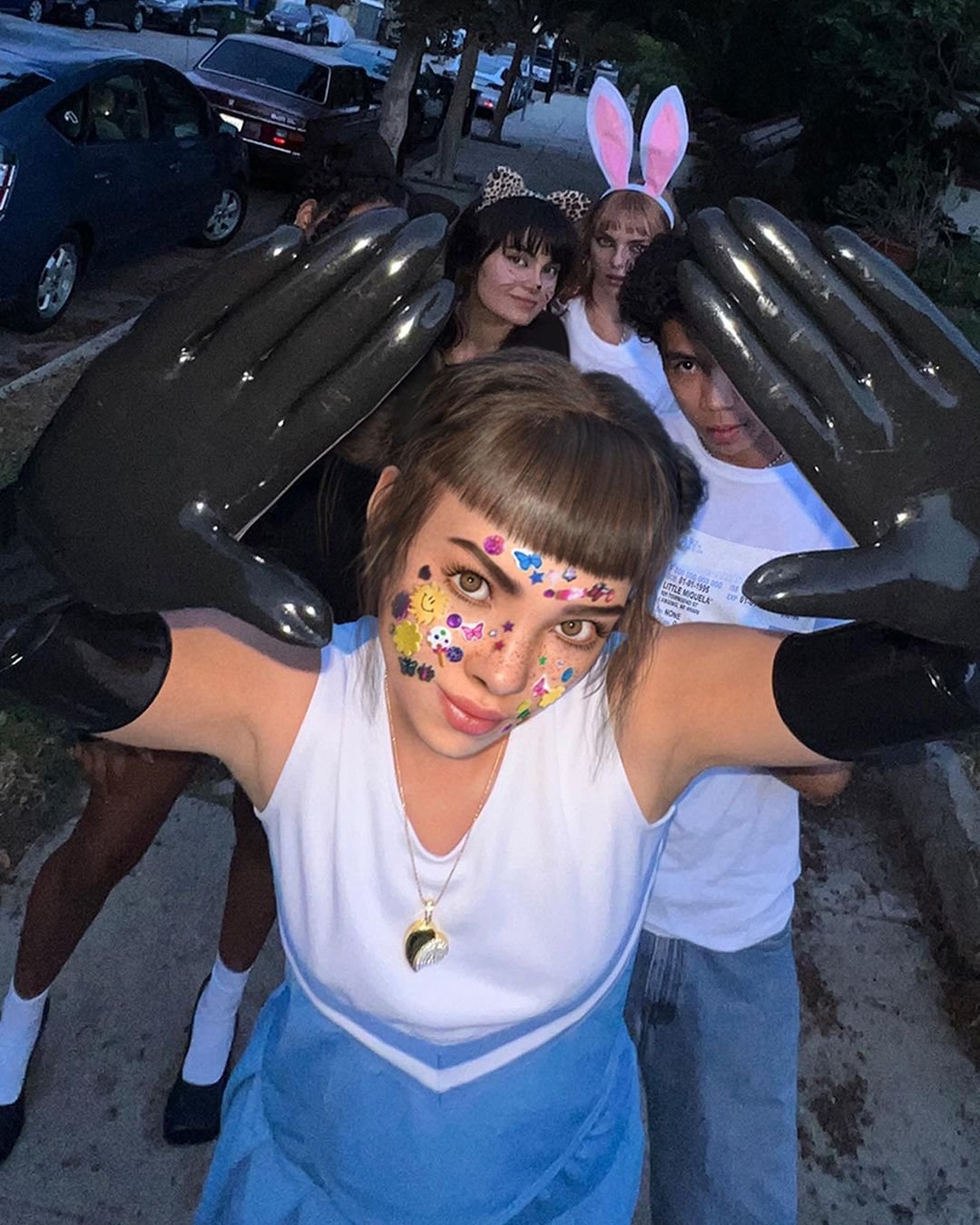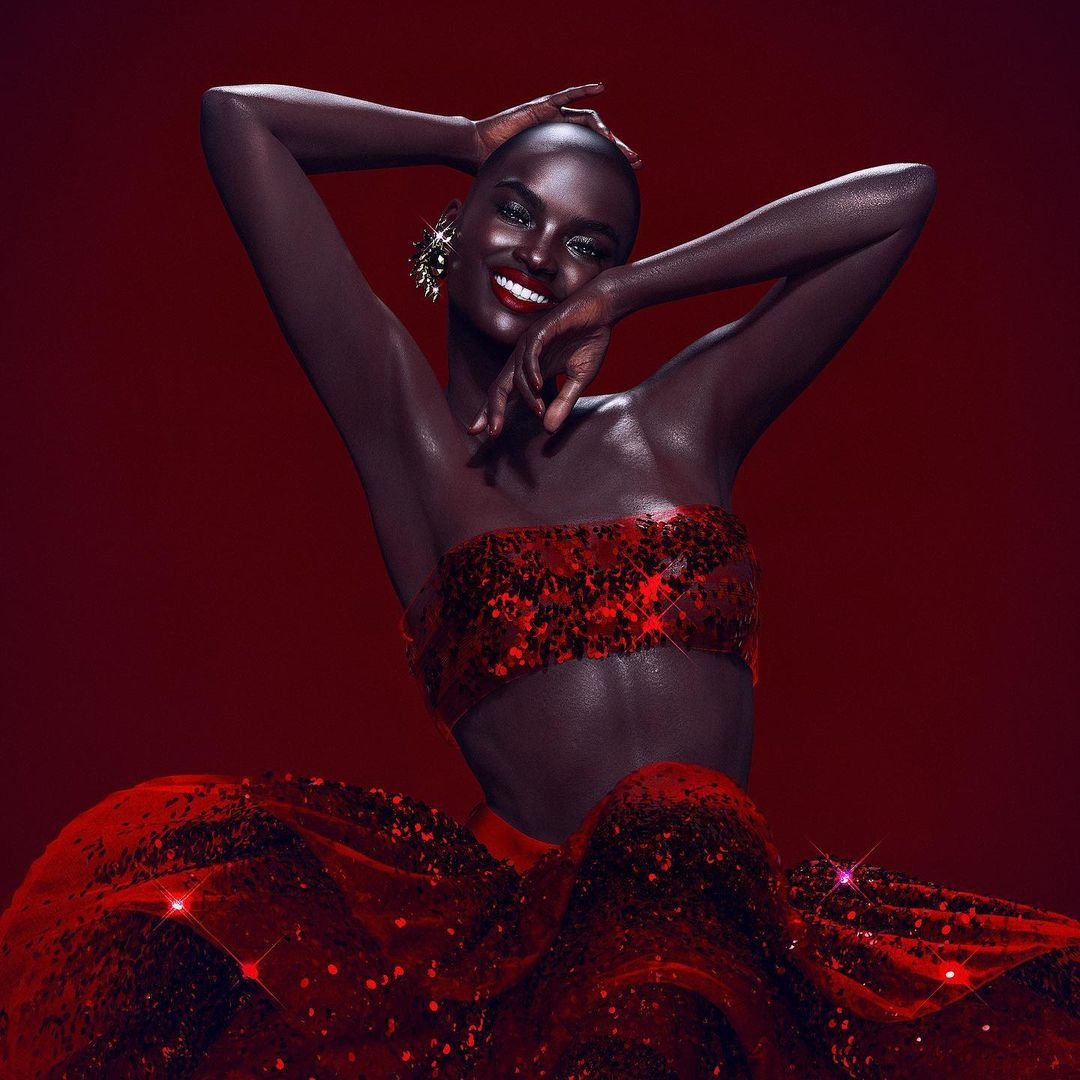In recent years, virtual influencers have emerged on social media. What are they? What will the future of the influencer space look like with them?
Story by Tan Tze Wei | Photos by Reyme Husaini & Avagram
Androids taking over the world is a trope that has been overused in science fiction movies. But what if I told you that it is happening in real life? Some eyebrows will be raised.
That was the sentiment shared by many people when they learned of the origins of social media influencers like Lil Miquela and Shudu. Both are androids!
You may think that they would have been cancelled for deceiving their fans. On the contrary, both Shudu and Lil Miquela exploded in popularity. In addition to gaining a ton of followers, they have been featured in fashion campaigns by Prada, Calvin Klein, Balmain, and more.
As a result of the hoo-ha surrounding the identity revelations of those two and their collaborations with prominent brands, the phrase “virtual influencer” started getting thrown around.
Virtual influencers are computer-generated fictitious entities that are usually used for marketing purposes. Some may also call them brandfluencatars - which is a combination of the words “brand”, “influencer” and “avatar”.
Following in the footsteps of Lil Miquela and Shudu, other virtual influencers have popped up in the digital space. We have Ling and Ayayi in China, the ardent Trump supporter Bermuda, the doll-like Nonoouri…the list goes on.
With Singapore being one of the most technologically advanced countries in the world, it’s no surprise that we have a few homegrown virtual influencers. One of them is Ava.
Ava, an acronym for Artificial Virtual Android, is a virtual fashion influencer created by 29-year-old LASALLE alumni Reyme Husaini for his Fashion Industries and Media final year project (FYP).
Reyme recalled: “When I was researching for my FYP in 2019, Lil Miquela, an American virtual influencer, became a big thing on social media. I was, like, ‘Why not have one here in Singapore?’”
Soon, Ava expanded beyond a school project. Less than a year after her creation, BHG Singapore collaborated with Ava to promote some of its original designs. Modelling their clothes, she took over the retailer’s social media account for a day. This campaign caught the attention of a few magazines who then featured her.
With virtual influencers like Ava being used to promote products in place of human influencers, it seemed like the start of a robot apocalypse.
Everything that a human influencer can do, virtual influencers can do more. Since they arev immortal, they can work anytime and anywhere. And like clay, their stories and life can be shaped to fit a brand’s marketing needs.
“Ava and the others are technically social media influencers, but they promote a certain lifestyle. You know, something that you can curate,” Reyme said.
Moreover, compared to the more unpredictable human influencers and celebrities, their virtual counterparts can be kept controversy-free. With virtual influencers, no brand will have to worry about an ambassador potentially damaging the brand image through scandals.
But all things in life come at a price.
“The brand can create an artificial story but that can come across as fake to some people,” Reyme said. “It doesn’t generate authenticity to the audience.”
Something else that can turn audiences off is the lack of body type representation among virtual influencers, especially with the increased scrutiny of representation in the media in the last few years.
“Diversity and representation matters,” Reyme agreed. “For example, if a brand decides to focus on one specific archetype. That could create some problems with others.”
With that said, most of the current top virtual influencers have similar builds - that of a fit and trim young adult female.
That was a question some raised regarding virtual influencers. He asked: “Why do we only promote ‘clean’ body types? Why can’t we promote normal body sizes, like plus-size or petite?”
Reyme described it as a “tug of war” between what the audience wants and what the media thinks people want. “Some audiences want a specific image of a perfect body type but others want representation. It is difficult to find the ‘sweet spot’ that appeals to everyone.”
And that was a challenge that he encountered when designing Ava. “Ava’s initial body wasn’t that modelesque. It was supposed to be a little plus-size,” he recalled.
Later, he conducted market research among his peers and realised, “Sadly, most of them would want to see the ideal body types. At the end of the day, people want to see something pretty.”
With more and more virtual influencers entering the social media game, it feels like human influencers are at risk of being replaced.
Reyme disagreed with this notion. “Will virtual influencers take over? No, but they will definitely be around, though.”
He believes that virtual and human influencers can co-exist because, as he puts it: “Society has integrated 3D media into our everyday lives. If you look at Pixar or the recent Disney movies - it’s all 3D now. The concept of 3D media has become very socially accepted.”
He concluded very aptly: “If you were to have Lil Miquela or Ava back in the 90s, they wouldn’t have been as successful as they are now.”





